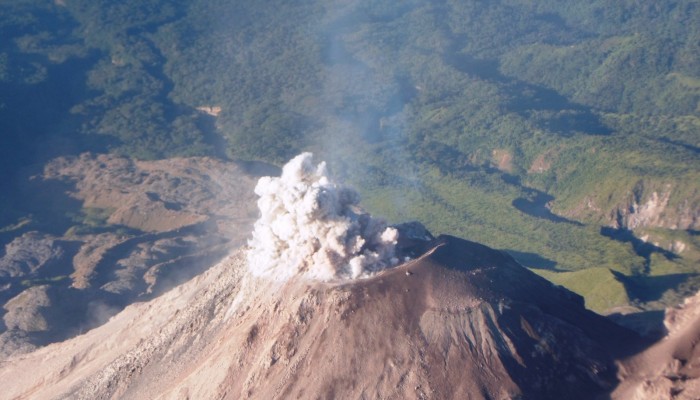Whilst geologists are often trained in the technical aspects of natural hazards, our courses are often devoid of information on what causes disasters, how we can better avoid them and effective disaster management. Recent events in Nepal highlight that hazard does not simply equal disaster, but that we must understand what drives exposure and vulnerability to be so high in certain parts of the wor ...[Read More]
Nepal Earthquake – Further Reading
At the weekend we published a selection of reading on the geological and humanitarian aspects of the Nepal earthquake. Over recent days much has been written reflecting on aspects of disaster relief and learning lessons as soon as possible from this awful event, to reduce the impact of future geohazards. These articles are accessible and give geoscientists much to consider: Ilan Kelman (UCL IRDR) ...[Read More]
Images of Guatemala (9) – Conflict and Disasters
Until 1996, Guatemala was in the midst of a brutal Civil War. This sculpture in the Presidential Palace of Guatemala City is a reminder of that troubled past and symbolic of a hopeful peaceful future. In the same way that conflict/disasters can hamper and set-back development efforts, conflict can also set-back disaster risk reduction and management. Even once finished, past conflicts can erode tr ...[Read More]
How ‘Natural’ is a ‘Natural Disaster’?
‘Natural disasters’ is a phrase widely used by the geoscience community but how accurate is it? Given the human and societal factors that create a disaster, it has been highlighted that there is no such thing as a natural disaster. Is this simply a convenient phrase that recognises the contribution of natural processes (e.g., earthquakes), are we being sloppy with our language, or are ...[Read More]

